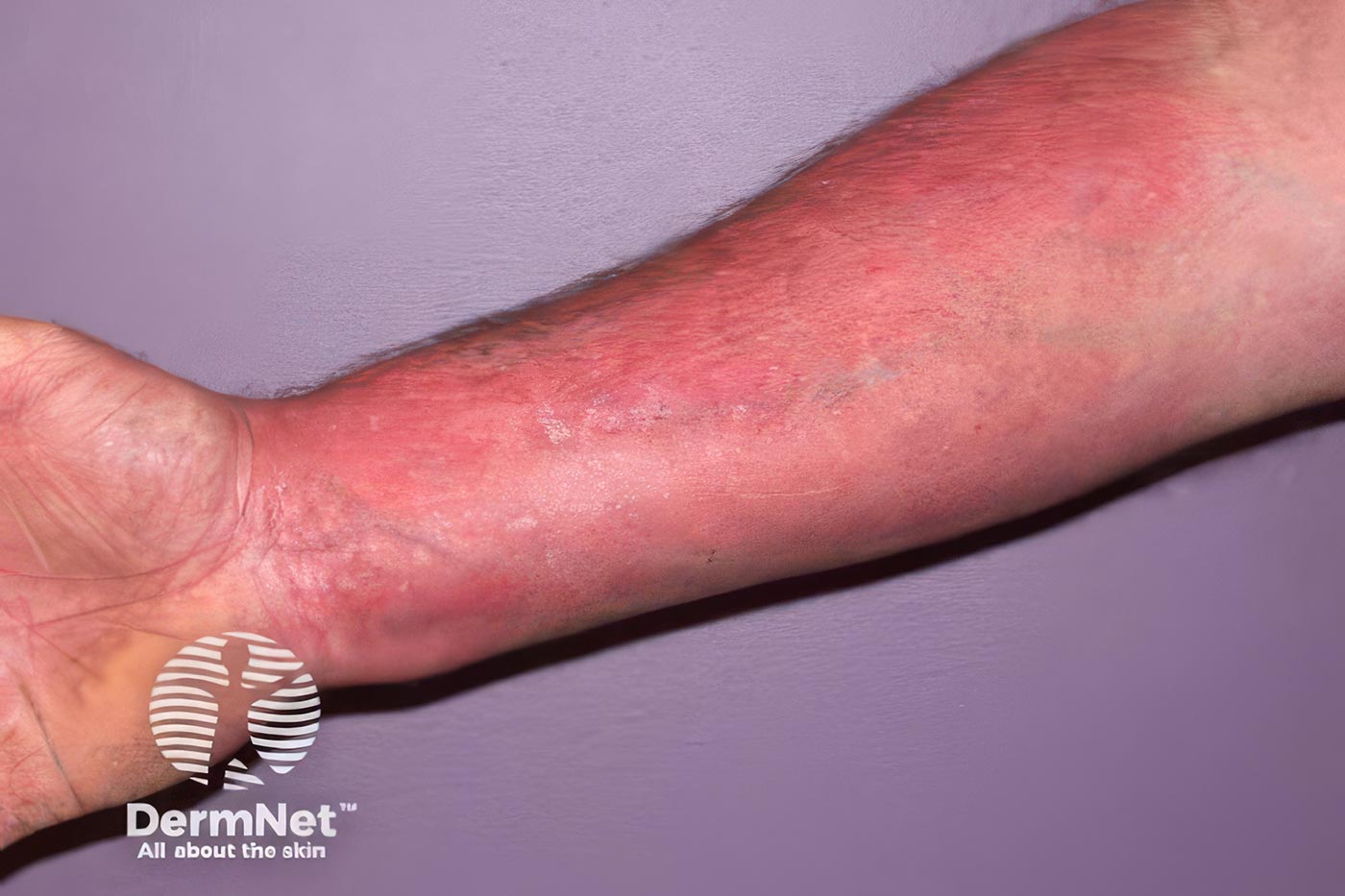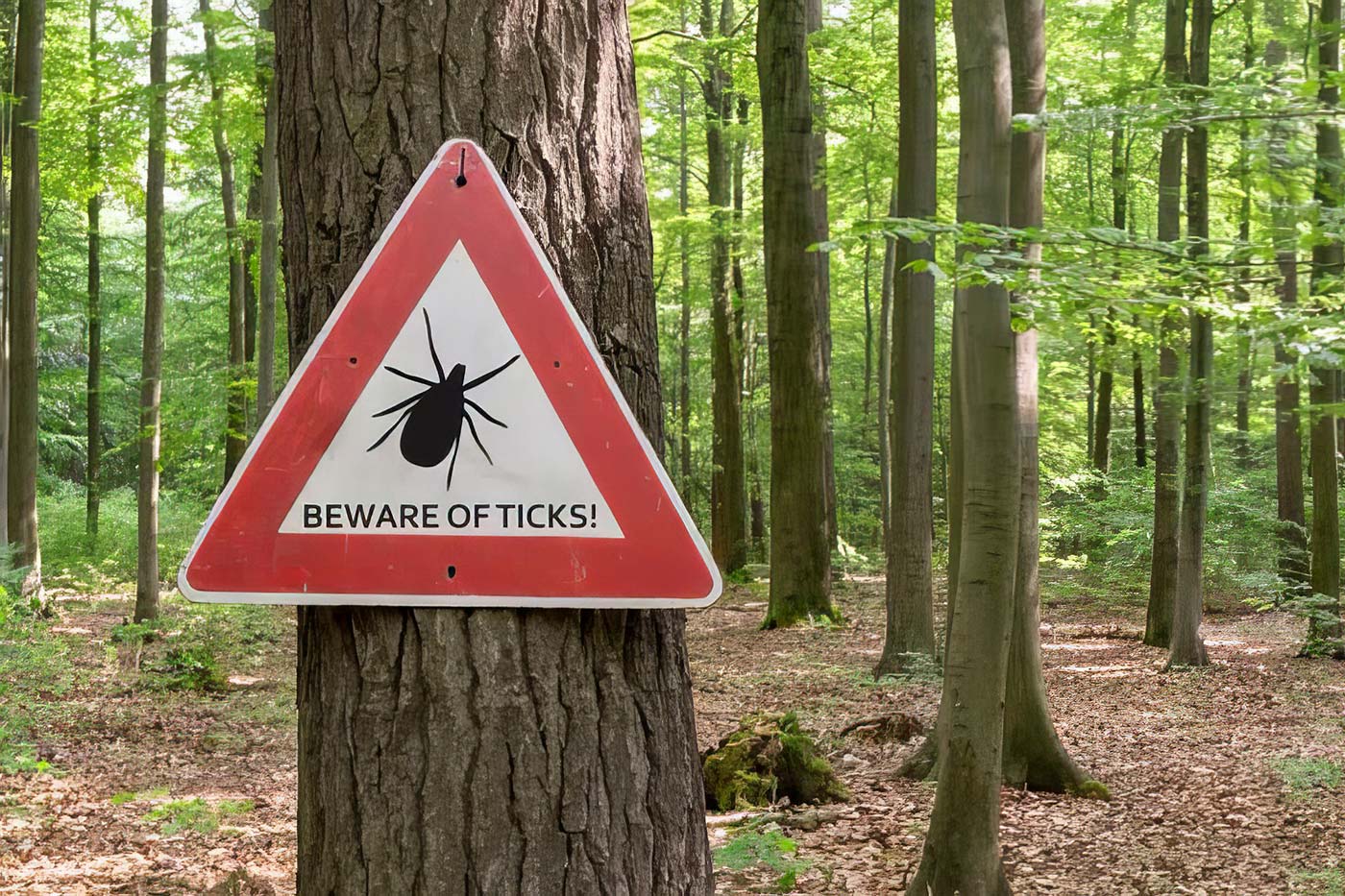If you’ve ever peeked into online eczema groups—say, on Reddit, Facebook, or even TikTok—you’ve probably seen some wild chatter about Topical Steroid Withdrawal (TSW). People share stories of red, burning skin, relentless itching, and peeling that sounds like a nightmare after quitting their steroid creams. It’s dramatic, and the photos can make your stomach turn. Naturally, it’s got folks wondering: “Is my eczema cream safe, or am I next?” TSW’s a hot topic, but how much of it is real, and how much is just internet hype? Let’s cut through the noise with some solid facts and science.
TSW isn’t a myth—it happens. It’s when your skin goes haywire after you stop using topical steroids, especially if you’ve been relying on very strong steroids for a long stretch. You might see redness, burning, or peeling that’s worse than your usual skin woes, sometimes spreading beyond where you applied the cream. Doctors call it a rebound effect, and it’s been studied in journals like the Journal of the American Academy of Dermatology (2015). But here’s the deal: it’s rare, and it’s not about simply using steroids—it’s about how you use them. To understand why, let’s look at what these creams do.
Topical steroids—like hydrocortisone or stronger ones like clobetasol—are inflammation fighters. When your skin’s freaking out with eczema or a rash, it’s because your immune system’s overreacting, pumping out chemicals like cytokines that make it red and itchy. Steroids step in, slip into your skin cells, and shut that down. A 2017 Nature Reviews Immunology study explains it: they latch onto receptors, tweak your DNA a bit, and stop those inflammation signals cold. Used for a short stint—like a week or two—they calm things down and let your skin reset. No biggie.
So why does TSW happen to some people? It’s about overuse throwing your skin off balance. If you use strong steroids daily for months, your body gets too comfortable. Normally, your adrenal glands make cortisol—a natural anti-inflammatory hormone—but long-term steroids can slow that down. A 2021 Journal of Dermatological Treatment study says this messes with your hypothalamic-pituitary-adrenal (HPA) axis, the system that keeps cortisol flowing. Stop abruptly, and your skin’s caught off guard—blood vessels flare up, inflammation spikes, and you get that TSW rebound. It’s not magic; it’s biology.
Now, let’s talk risk factors. TSW doesn’t just strike randomly—certain habits make it more likely. Here’s what the science points to:
- Long-Term Use: Using steroids every day for months or years is the top trigger. Short bursts—like a week or two to treat a flare—don’t cut it for TSW. The 2015 review found cases tied to people going hard for way too long.
- Strong Steroids: Potent ones like prescription clobetasol or betamethasone are riskier than mild over-the-counter strength hydrocortisone. They hit your system harder, and studies show they’re the usual suspects in TSW cases.
- Sensitive Spots: Applying steroids to thin skin—like your face or groin—ups the odds. These areas soak up more, and overuse there (especially with strong stuff) was common in TSW reports.
- Too Much, Too Often: Slathering on big doses—like covering half your body—or using it daily without breaks can overload your skin. Research says excessive amounts (think 50+ grams a week of potent creams like clobetasol or betamethasone) tip the scales.
- Quitting Cold Turkey: Stopping suddenly after long (months+) use can shock your system. Tapering off slowly gives your adrenal glands time to wake up, cutting the risk.
- Personal Sensitivity: Some folks might be more prone—maybe due to genetics or damaged skin—but it’s rare and not well proven. Overuse is still the main driver.
Here’s the good news: for most people, topical steroids are a lifesaver. For over 70 years, millions of patients have used them safely to tame eczema, psoriasis, and other inflammatory skin disorders. A British Journal of Dermatology (2019) study confirms short-term use—like a week or two of the right strength—doesn’t mess with your HPA axis enough to cause TSW. Your skin and hormones bounce back fast. The UK’s Medicines and Healthcare products Regulatory Agency (MHRA) added TSW warnings to labels in 2024, but they call it “rare” and link it to overuse—like using a chainsaw when a butter knife would do.
Online, TSW looks huge because the horror stories spread fast. A 2022 Clinical and Experimental Dermatology study found mentions jumped 274% from 2016-2021. People with rough experiences post more than the quiet majority who heal up fine—it’s like hearing about plane crashes but not safe flights. Don’t let it scare you off steroids. Use them as prescribed—right amount, right time, right spot—and they’re your skin’s best friend, not a foe. Got doubts? Talk to your board-certified pediatric dermatologist. TSW’s real, but it’s not lurking around every corner!




